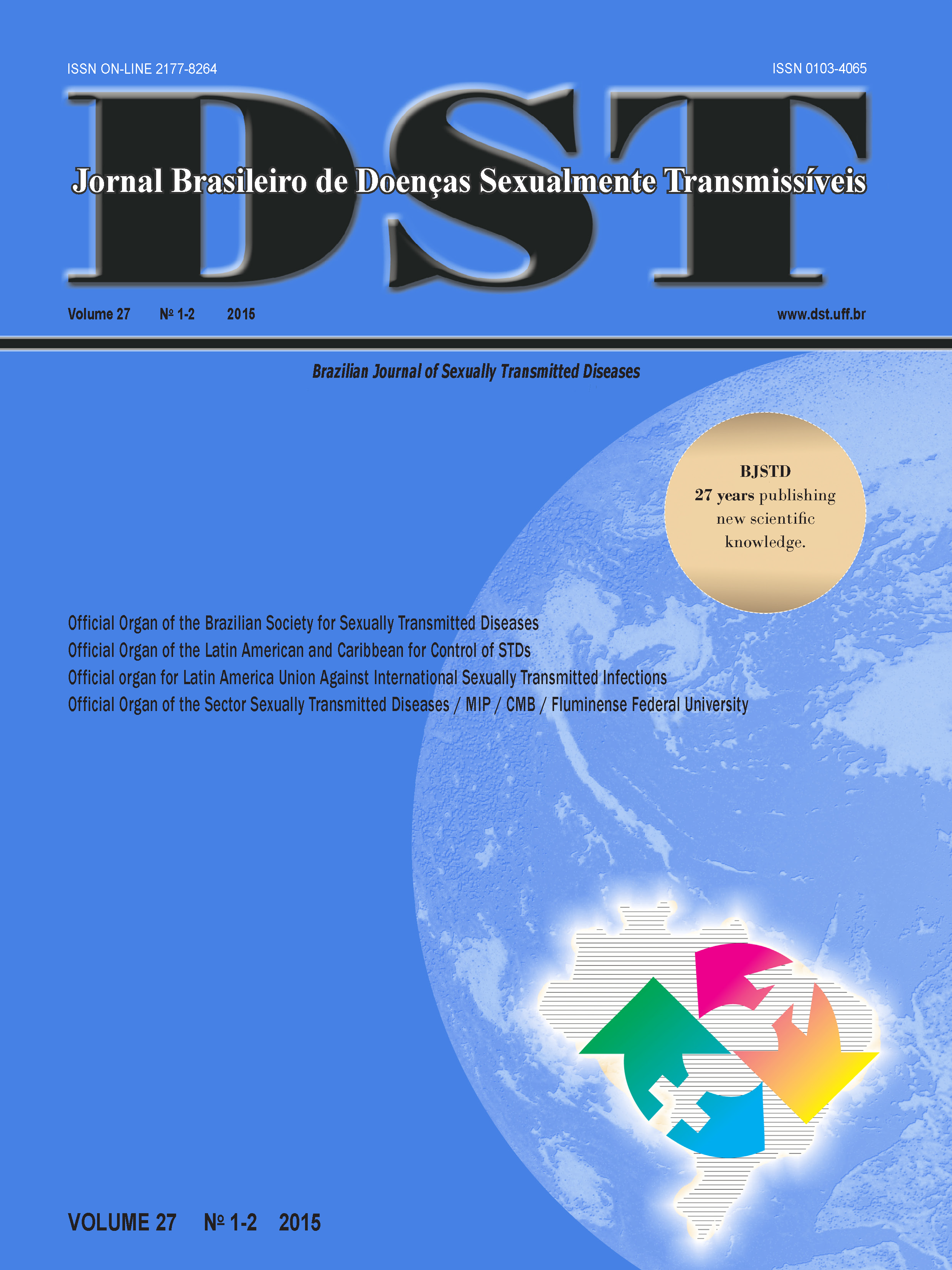Frequency and genotyping of human papillomavirus in women submitted to citology
Keywords:
papillomaviridae, polymerase chain reaction, sexually transmitted diseasesAbstract
Introduction: Among the sexually transmitted virus, the human papilloma virus (HPV) is the most prevalent and may be detected a considerable number of sexually active women. He is considered the main agent of cervical cancer. Therefore, the high-risk HPV identification can aid in the prevention of cervical lesions. Objective: To evaluate the occurrence of HPV infections, comparing different methodologies, as well as some risk factors and their potential association in the development of cervical cancer in women submitted to cytopathology treated in ambulatory Unit Family and Community Health (USFC) of the University of Vale do Itajaí (UNIVALI). Methods: 118 samples were evaluated sexually active women who sought care for screening of cervical cancer in USFC and UNIVALI. All samples were subjected to polymerase chain reaction (PCR) and the liquid and conventional cytology. However, only 64 women were subjected to hybrid capture methodology (CH2). Results: The prevalence of HPV was 43.22% by PCR and 25% for CH2; analysis of the results was observed association between HPV and the following variables: ethnicity (p<0.016), scholarity (p<0.012), human immunodeficiency virus (HIV) (p<0.008), preservative (p<0.02), oral contraceptives (p<0.03), younger age at first sexual intercourse (p<0.07), conventional cytology (p<0.002) and liquid cytology (p<0.029). Conclusion: The incidence of HPV infection is high and the high-risk HPV was primarily associated with the younger age at first sexual intercourse.












